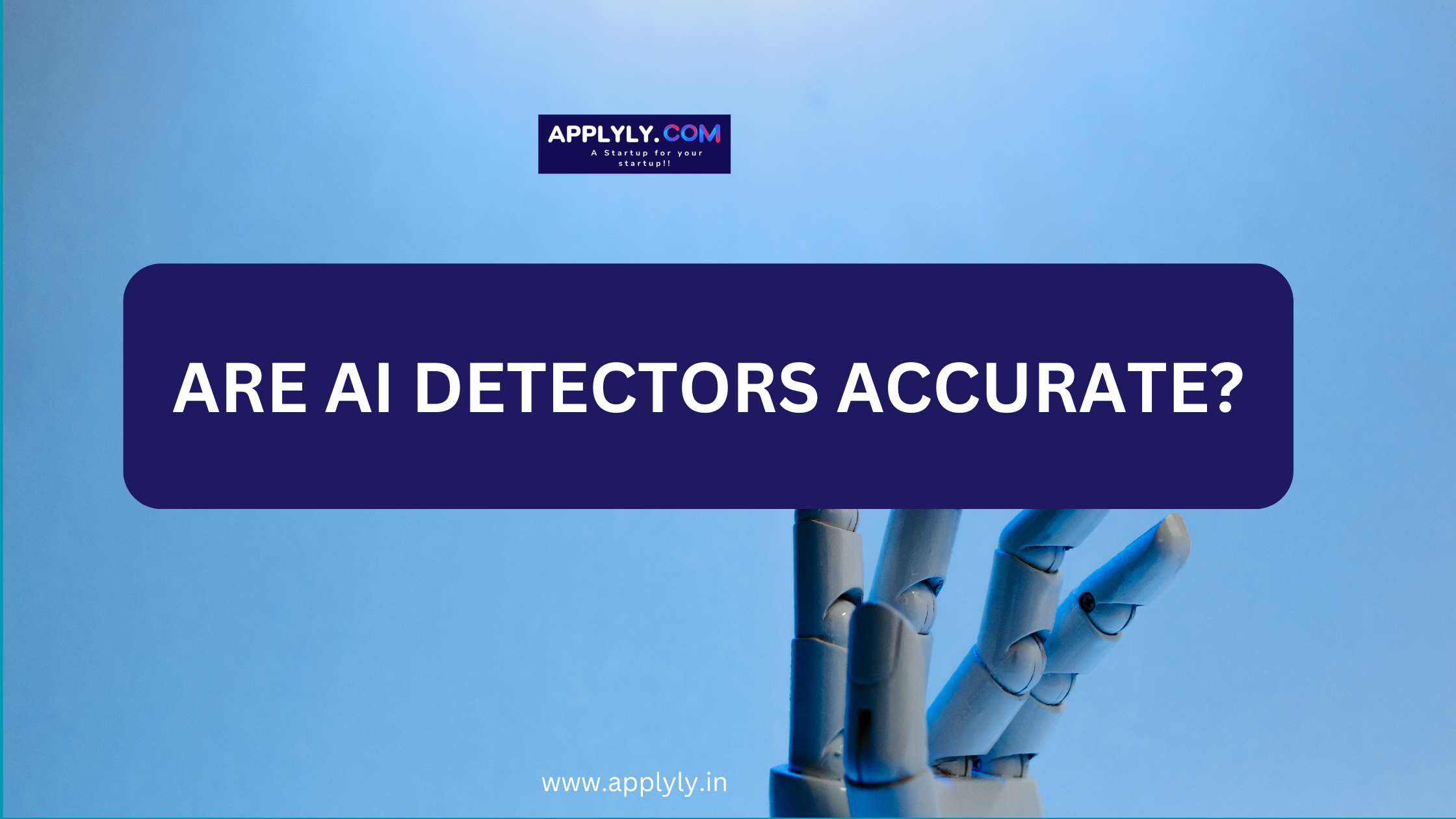Are AI Detectors Accurate?
AI detectors have become popular tools to identify computer-generated content. These tools claim to differentiate between human and AI-generated content. Many students and professionals now use them to make sure their work is recognised as authentic. The growing use of AI writing has increased the importance of AI detectors. But how well do they really work? Most schools and businesses now rely on these tools to maintain writing standards. However, their accuracy remains a topic of intense debate. The real question is: Are AI Detectors Accurate every time? Let’s explore the strengths and limits of AI detection tools.
The Good Side of AI Detectors
Modern AI detectors work well with basic text detection. They spot machine-written content by observing the word patterns. Big companies like schools and publishers use them to identify AI-made essays. These tools provide results based on how words flow and how sentences connect. They also learn from millions of text samples to spot AI patterns. Some detectors claim to be 85 % correct. They work good with longer pieces of writing and standard formats. Many top tools can spot AI writing styles from widely used platforms.
When AI Detectors Fall Short
These tools sometimes get things wrong. They might flag human writing as AI-made or miss AI content at times. Small texts create challenges for these tools because there’s less to analyse. They also struggle with mixed content – partly human, partly AI. Weather reports, news, and basic emails often trick them. The tools can’t keep up with new AI writers that make more natural-sounding text. Some detectors show different results for the same text. This makes it complicated to completely trust any single tool. High-quality AI writing can sometimes pass as human work. Business writers face troubles too, some good work gets unjustly rejected . After this the question comes again to the mind, are AI detectors accurate?
The Real-World Impact
Teachers and businesses face problems when these tools make mistakes. Wrong results can affect grades or work reviews. Some writers now avoid certain words to fool the detectors. Others mix AI and human writing to bypass checks. This shows how these tools aren’t perfect for making big decisions. They work better as helping tools than final judges. Many people have lost marks or faced problems due to false results. The tools also struggle with technical writing and creative pieces. This limits their use in many real-world cases.
Future Improvements
New AI detectors are getting better at spotting tricky cases. They use more advanced methods to check writing style and content. Some tools now look at how ideas connect and flow throughout the text. Others check for signs of human thinking and creativity. The newest detectors can spot mixed AI and human writing better. They’re also learning to handle different writing styles and formats. This progress shows promise for more accurate detection in the future.
Conclusion
AI detectors can help spot computer-written text, but we shouldn’t trust them blindly. They work best alongside human judgement. As AI writing gets better, these tools must improve too. For now, they’re useful guides rather than perfect solutions. The key is to use them wisely and understand their limits.
Sources:
Thanks






